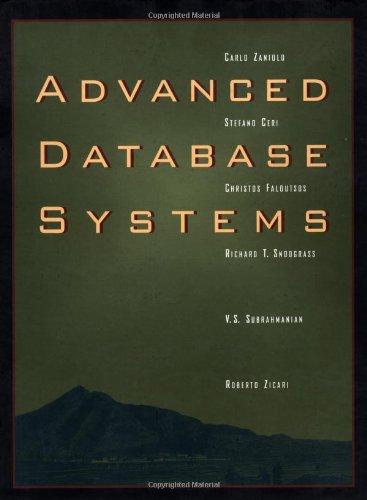Answered step by step
Verified Expert Solution
Question
1 Approved Answer
Step 1 Find the completion time for independent tasks of length 8, 11, 17, 14, 16, 9, 2, 1, 18, 5, 3,7,6, 2, 1 on



Step by Step Solution
There are 3 Steps involved in it
Step: 1

Get Instant Access to Expert-Tailored Solutions
See step-by-step solutions with expert insights and AI powered tools for academic success
Step: 2

Step: 3

Ace Your Homework with AI
Get the answers you need in no time with our AI-driven, step-by-step assistance
Get Started


